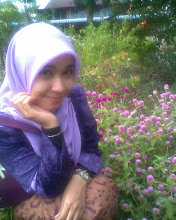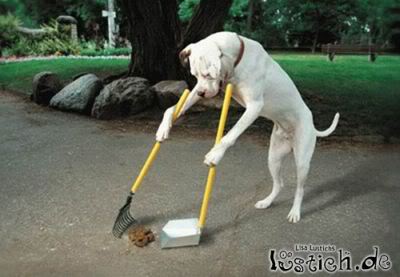Days
• World Wetlands Day - February 2
• National Biodiesel Day [1] - March 18
• UN World Day for Water - March 22
• Earth Day - April 22
• Arbor Day - Last Friday in April (each state also has its own observation based on best tree planting time)
• International Migratory Bird Day - May 3
• International Day for Biological Diversity (World Biodiversity Day) - May 22
• Bike-to-Work Day - Third Friday in May
• UN World Environment Day - June 5
• UN World Day to Combat Desertification and Drought - June 17
• UN World Population Day - July 11
• International Day for the Preservation of the Ozone Layer - September 16
• Zero Emissions Day - September 21
• Car Free Day - September 22
• Ecological Debt Day (Earth Overshoot Day) - September 23 in 2008, but receding
• UN World Habitat Day - first Monday in October
• International Day for Natural Disaster Reduction - second Wednesday in October
• International Day of Climate Action - October 24
• International Day for Preventing the Exploitation of the Environment in War and Armed Conflict - November 6
• International Mountain Day - December 11
• Ozone Action Day - at certain times during the summer months
• eDay - variable date
Weeks
• Bike to Work Week Victoria
• Conservation Week
• European Mobility Week - September 16 to 22
• Bike Week - second week in June
• Green Office Week
Years
• International Polar Year - 1882–1883
• International Polar Year - 1932–1933
• World Population Year - 1974
• International Year of the Ocean (IYO) - 1998
• International Year of Mountains (IYM) - 2002
• International Year of Ecotourism (IYE) - 2002
• International Year of Freshwater (IYF) - 2003



























.jpg)













.jpg)





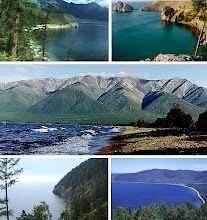+Lake+Baikal.jpg)
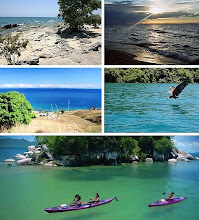+Lake+Malawi.jpg)
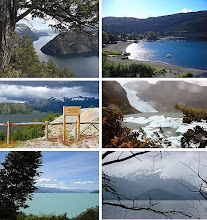+San+Martin+Lake.jpg)
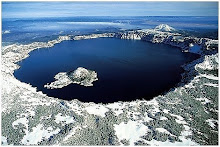+Crater+Lake.jpg)

